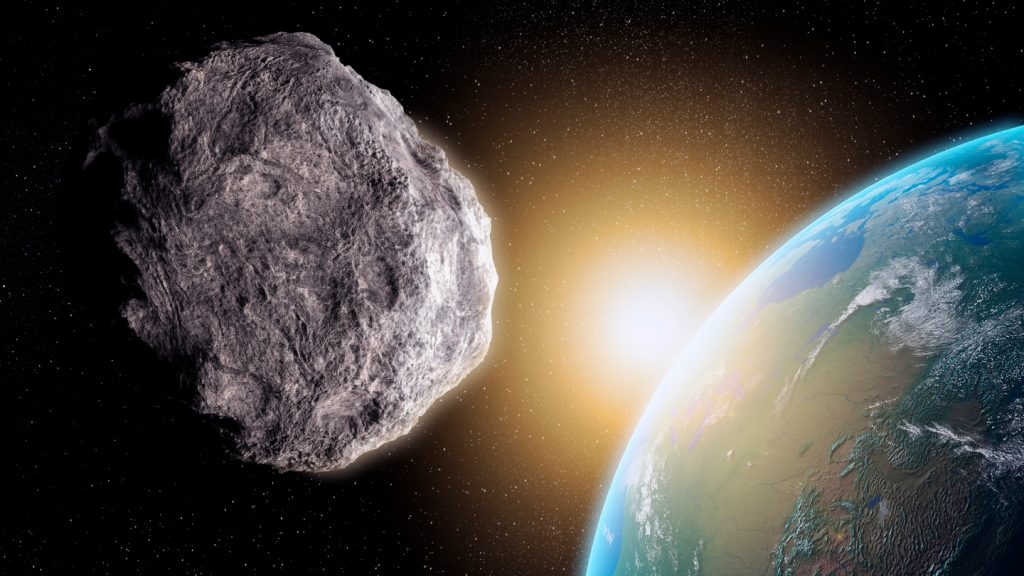Research has shown that X-rays from a nuclear blast might be the best option for deflecting large asteroids threatening Earth, especially when there is limited warning time available. This method has been proposed by physicist Nathan Moore of Sandia National Laboratories, who believes that X-rays would be the only option in scenarios where timely action is necessary. Despite their destructive nature, the blasts would occur at safe distances from Earth to avoid any potential harm to the planet.
In a recent experiment, researchers tested the deflective capabilities of X-rays by conducting a test in a vacuum chamber with a blueberry-sized mock asteroid made of quartz. Using the world’s most powerful X-ray generator, the team blasted the chamber, vaporizing foil supports that held the quartz and releasing the mineral into free fall. The resulting gas plume generated by the heating and vaporization of the mineral’s surface propelled the quartz away from the X-ray source at a speed of roughly 250 kilometers per hour.
The results of the experiment are being incorporated into computer simulations to evaluate the viability of using X-rays for planetary defense. The team found that X-rays from a nuclear blast a few kilometers away could potentially deflect an asteroid of similar composition that is up to 4 kilometers wide. Researchers are hoping to conduct similar experiments with other asteroid constituents to determine the effectiveness of this strategy against a wider range of potential threats. This research marks an important step forward in developing strategies to protect Earth from dangerous asteroids.
The experiment builds on previous work done by NASA, which intentionally crashed a spacecraft into an asteroid two years ago to alter its orbit around a larger asteroid. While this technique has shown promise in diverting smaller asteroids with enough warning time, larger threats require more powerful methods. The planetary defense community sees X-rays from a nuclear device as a potential solution for deflecting the most dangerous asteroids, providing hope for preventing catastrophic collisions that could have devastating consequences for life on Earth.
Researchers emphasize the importance of conducting further experiments with different asteroid constituents to account for the variety of minerals that make up these celestial bodies. By understanding how X-rays interact with different types of asteroids, scientists can refine their simulations and develop more effective strategies for planetary defense. This ongoing research aims to push the boundaries of what is possible in terms of deflecting potentially hazardous asteroids using advanced technologies and innovative approaches. The ultimate goal is to protect our planet from the threat of asteroid impacts and mitigate the risks associated with extreme climate events caused by these cosmic collisions.


